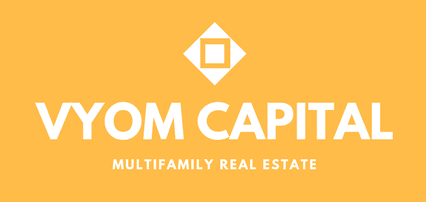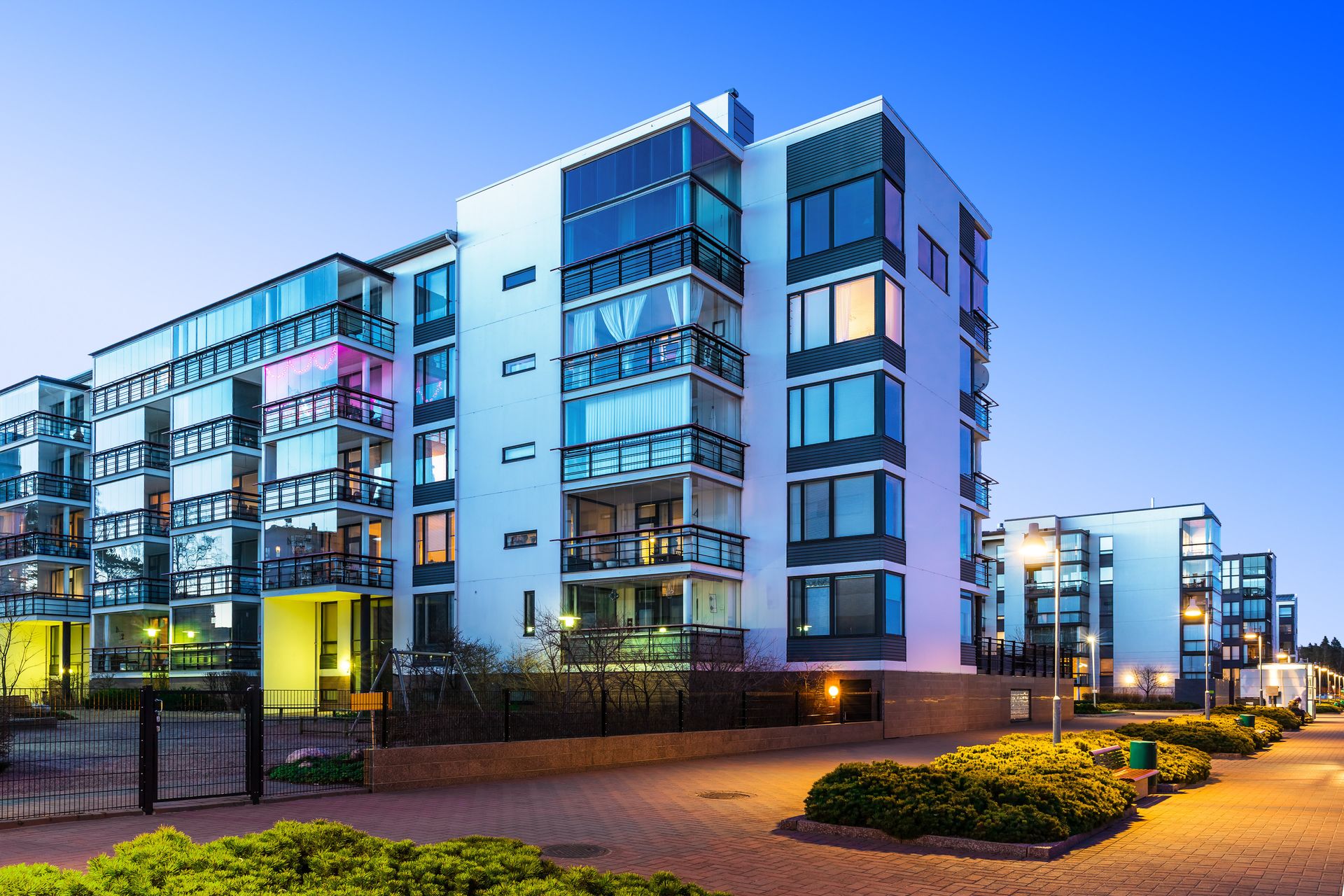Favorable Market Trends
Demographic Trends
- A substantial lift is coming from millennials entering the workforce and forming households, and retired baby boomers downsizing from owner occupied housing.
Continued job growth
- Increasing job growth translates to greater mobility, consequently boosting apartment demand.
Increasing renter household formations
- Multi-family properties are heavily affected by the millennials’ preference for renting over home ownership due to their preference to remain flexible in their lifestyles. The tighter mortgage underwriting drove a shift towards renting among most of adults as well.
Market Opportunities for Class-B and Class-C Multifamily Assets
Large gap between demand and supply
- Multifamily investors can capitalize on a huge unmet need in the market by buying and renovating older class-B and class-C apartment buildings.
Affordable housing
- Despite the low unemployment rate and high number of job openings, wage growth still remains slow which makes affordability a key issue for renters.
Inclusionary zoning
- Local and national governments are moving to incentivize the development of inclusionary properties that provide housing options for lower and middle-income renters.
Steadfast Risk Adjusted Returns
Limited volatility in multifamily sector
- Multifamily properties have exhibited greater resiliency in maintaining asset values and has experienced lower volatility with market rents and occupancy levels relative to other property types. Despite high levels of construction permits and starts in the past years, vacancy rates remained flat, while strong demand pushed up rents and gross-income growth above the historical norm.
Cash flow and efficiency in income
- Through the appreciation in value, multifamily apartment buildings achieve a positive cash flow and have the amount of cash return with 25% down payment.
Tax advantages
- Typical multifamily investment properties are depreciated over a 27.5 year life span – meaning the investor is able to write off the cost of the building at about 3.6% a year. Furthermore, the 1031 Tax Deferred Exchange allows investors to sell the investment property and buy another property without paying taxes on the taxable gain.

